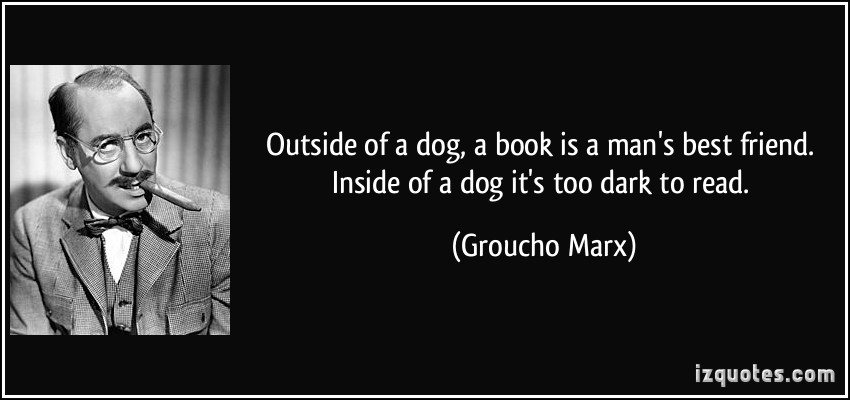I came of age during the 1970s, and, like anyone who was a teenager in that decade, I was influenced by the music that was popular at the time.
The thing about the '70s, though, is that, unlike other decades since the dawn of recorded music, there was no real unifying message.
That wasn't really a new thing. It was just way more pronounced in the 1970s than it had ever been before.
I mean, when my parents were teenagers in the 1940s,
big band and
swing music were the predominant forms of popular music, although there were segments of the listening audience that gravitated to
country or
jazz.
The 1950s were a little more diverse, I suppose, with the emergence of
rock 'n' roll,
blues,
R&B.
The 1960s were, in many ways, unique. The music that was generated during that time included
folk and
psychedelic rock as well as the other forms that had enjoyed a peak in popularity in earlier years.
But the 1970s were — in
my experience, anyway — bizarre.
There is simply no other word that seems adequate to describe a decade in which the most popular recordings included ones from
hard rock,
soft rock,
jazz fusion,
disco,
punk,
reggae.
heavy metal and even some nascent
hip hop.
From the perspective of a teenager, it was kind of nice, actually. There was always a lot of variety in the music you heard on the radio in those days, and there were two or three radio stations that I liked so if one was playing something I didn't like, I didn't have to listen to it. I had other options.
It is annoying to me now when some recordings from that decade come on the radio while I'm running my errands, and I can't change the station fast enough. Must they play
"Dancing Queen" or
"Heart of Glass" or (shudder)
"Love Will Keep Us Together," I will ask myself irritably.
In truth, though, I still like much of the music that came out in the 1970s. More than one–third of
Rolling Stone's Top 500 albums of all time were released in the 1970s — and the album that was ranked #337 made its debut 40 years ago today.
Well, that was the date of its debut in the
United Kingdom. It didn't make it to the United States for about 6½ weeks.
I'm speaking of Jethro Tull's
"Aqualung," which, at the time, probably had more influence on me than anything I had heard.
I wasn't very old, and other artists, other recordings would have more impact on my life in the years to come.
But
"Aqualung" was probably the first album that I picked
on my own as an influence.
I was a fan of a lot of the popular music I heard on the radio in those days — I loved the Beatles, of course, and I loved Simon and Garfunkel, initially because my mother did — but I didn't hear much of
"Aqualung" on the radio.
In fact, I couldn't tell you any of the details of where or how or with whom I first heard it or became aware of it. I just did.
And, unlike many of the albums that came out in the late 1960s and early 1970s, that album's title track was not its biggest seller.
Actually, the top–selling song from the album was
"Hymn 43," but it only got as high as #91 on
Billboard's chart.
It is Jethro Tull's best–selling
album, though. Some people have had it, in one form or another, in their music collections for the last 40 years.
I got my CD nearly 20 years ago. I simply had to replace my scratched album with the newest technology. Ironically, though, if I had waited just a few more years, I could have had the expanded version with five additional musical tracks and an extended interview with Ian Anderson.
(Anderson always seemed like a latter–day Peter Pan to me, with his flute and his pixieish demeanor.)
I don't think I missed much, though. Bruce Eder wrote, in a review for
AllMusic, that the bonus material on the 25th anniversary reissue
"add[ed] relatively little."
Personally, I always preferred the track
"My God," which was, as Eder observed in his review of the original album, part of what made Jethro Tull
"a fixture on FM radio" in the 1970s.
I didn't realize it when I first heard it, but most of the tracks from
"Aqualung" were acoustic, which was something of a departure from most of Jethro Tull's music. Not all the tracks were acoustic, of course. You need only listen to
"My God" (the longest song on the album) to realize that.
Some of the songs on the album, like
"Cheap Day Return," "Wond'ring Aloud" and
"Slipstream" were entirely acoustic, each less than two minutes in length and served as bridges between longer compositions.
They don't make music like that anymore.















